Every day across the globe, agencies are working hard to differentiate their clients and help drive their clients’ growth. These agencies use the art and science of positioning to help their clients stand out from competition in an important and authentic manner. Sadly, most of the agencies doing this fine work have not worked the same positioning magic for themselves, in spite of the fact that they compete with dozens—if not hundreds—of other agencies on a daily basis. There is an abundance of talented and effective agencies who have failed to differentiate themselves. As a result, they are missing out on the significant (and very profitable) growth opportunities triggered by a compelling brand position. So, how to position your agency for success? Let’s talk about it.
The Challenges of Agency Growth
As you no doubt know, there are numerous challenges when it comes to growing an agency today. These challenges include:
• More competition
• Greater complexity
• Difficulty expressing the uniqueness of your agency
• A more educated and informed buyer who does his/her agency research without your knowledge
Most agencies face these challenges. There is, however, an opportunity to address these challenges by positioning your agency in a truly unique, compelling and differentiated fashion.
In this paper we will share the learning we have regarding how to create such a differentiated position for any agency by leveraging best practices that we have learned from our 28 years of agency related consulting.
The Great Agencies of Old
Most agencies today face the challenge of how to effectively position their firm and how to present their agency in a compelling, client-centric manner. It was not always like this! The great agencies of old stood for something specific – we knew what they were all about. They were very differentiated in how they were positioned. And that differentiation helped drive growth.
The great agencies of yesterday stood for something. We knew what Young & Rubicam was and how that was different from J. Walter Thompson. We knew what McCann stood for and how that was different from Grey.
It’s instructive to take a quick look at how some of these agencies of old differentiated themselves. Remember Benton & Bowles? Benton & Bowles was the agency that created the radio soap opera. They used their expertise in soap operas to position themselves as the agency that understood the housewife that was doing most of the family’s shopping.
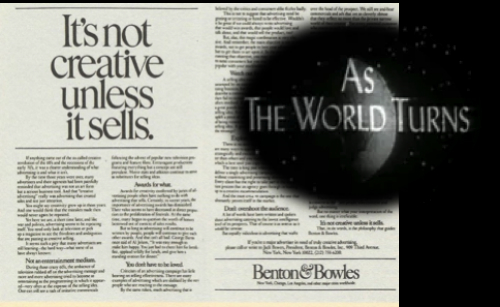
By 1936 Benton & Bowles was producing 3 of the top 4 radio soap operas. They continued to evolve and build upon this differentiation by working with Procter & Gamble to launch As the World Turns on television in 1956. If your business wanted to reach the soap opera audiences, Benton & Bowles was the solution.
Leo Burnett had a different point of view. Leo believed that the essence of great advertising was in capturing the inherent drama of the product being advertised.
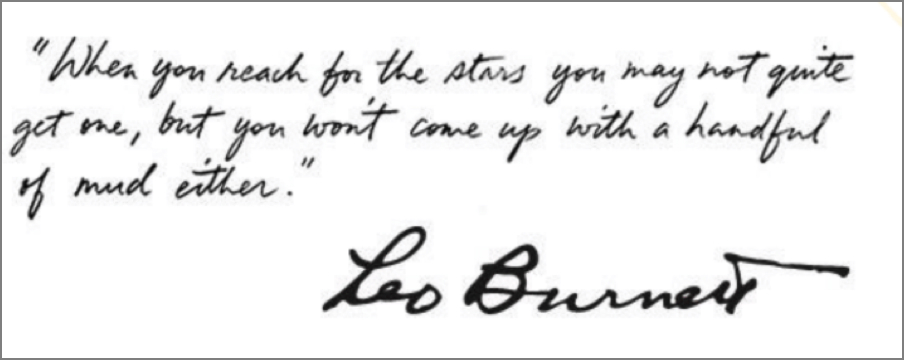
He used archetypes – often as expressed by characters he created – to humanize the product’s inherent drama in a unique and memorable fashion. You knew what you were getting when you hired Leo Burnett! The agency created Pillsbury Doughboy, Jolly Green Giant, Charlie the Tuna, Tony the Tiger, Keebler Elves, Toucan Sam, Maytag Repairman, Marlboro Man and many others.

David Ogilvy was the scientist marketer. He started his career as a pollster, working for Gallup. When World War II broke out, he served in British Intelligence, using his analytical skills to support the Allies’ war effort. Following the war he started his own advertising agency with a straightforward premise: that the function of advertising was to sell. His agency brought science and data driven thinking to that belief. He also thought that the best approach to new business was to do well by your current clients – that great work was your best calling card. The timeless classic Ogilvy on Advertising brings this compelling philosophy to life and provided additional topspin to the agency’s differentiation and success.

Bill Bernbach was essentially the anti-Ogilvy. He believed that persuasion was not about science, but rather about art. He believed in simple, dramatic advertising. VW advertising created by his agency, Doyle Dane Bernbach, like “Lemon” and “Think Small” are great examples of this philosophy.
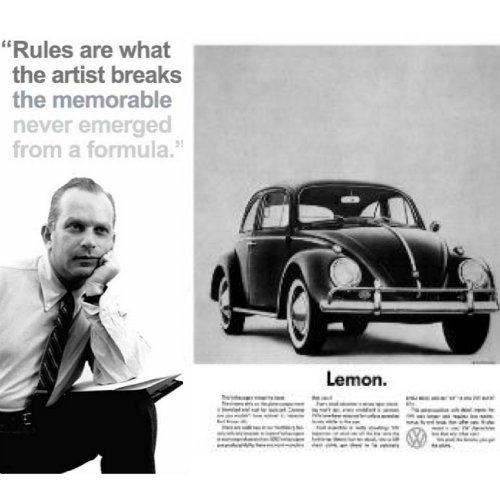
Today, advertisers are hard pressed to tell most agencies apart. A small group of agencies has certainly been branded by the quality of their creative work. Most agencies never reach that level of acclaim and cannot count on the uniqueness of their work to help them stand out. This lack of differentiation represents an enormous opportunity for most agencies.
The UASP and Enhanced Agency Positioning
The key starting point to an effective agency growth strategy is a compelling agency positioning – what we call a “UASP” (unique agency selling proposition) – that defines the agency to the outside world.
We have studied agency positioning and identified three critical aspects of effective differentiation that can help any agency stand out:
1. A compelling agency philosophy that inspires clients and employees and provides confidence that the client will receive the quality of work suggested by the agency’s past work
2. An insight driven agency process that enables strategy to come alive in powerful work, serving as the reason to believe that the agency will crack the code regarding the client’s challenge, and
3. An interaction process that builds client ownership and conviction in the agency’s work
Put these elements together and you’ll see a familiarity in how an agency’s positioning statement aligns with classic positioning work:
(agency) is the (type of agency) for (target audience) that provides (agency philosophy) better than other agencies because of (agency process) and (interaction process).
Finding your unique position – just as agencies like Benton & Bowles and Leo Burnett did long ago – can lead to long term excellence.
The Agency Philosophy
Goodby Silverstein & Partners has been well known for many years for great business driving creative. That creative work historically was the product of a compelling philosophy – which, as expressed by the folks at GS&P long ago was:

Art Serving Capitalism. Why?
Capitalism, for the most part, distrusts art. But a look at history shows that business has been at its best when it’s done with the sense of craft and surprise we associate with art. Art is the stutter step that freezes the opponent. It’s a new way of seeing the world that takes things that are basically the same and makes them suddenly feel different. Art takes things that don’t belong together and welds them at high temperatures. Art teaches business to dance.
At Goodby, Silverstein & Partners there is no doubt that we are capitalists. We love business. But we believe that it is most successfully accomplished with the help of art. And this faith has made all the difference. For us, and for our clients. We believe that art is the secret weapon of great business. It is what makes the deaf suddenly hear, what makes the blind see. Notice, however, that we are interested in making art that serves capitalism. We like keeping score. We like to win. We like the clarity of it.
In the end, art combined with business is bigger art. Business combined with art is bigger business.
What happens with such a philosophy? Campaigns like:
Got milk?
The Foster Farms’ Chicken Imposters
Denny’s Free Grand Slam Day
Budweiser’s Lizards
There can only be one NBA Campaign
… and countless other business producing campaigns.
Goodby is not alone. TBWA\Chiat Day, GSD&M, BBDO, and others have found that a compelling agency philosophy inspires their clients and motivates their people.
The Agency Process
With a compelling philosophy in hand, the next step is developing a repeatable system to create and recreate brilliant, insightful, and successful work time after time. An insight-driven process can be the engine that great talent uses to do this. Cramer-Krasselt’s “brand connection” is such a process. The Cramer-Krasselt Brand Connection identifies the insight connecting a brand with its target audience:

This worked magically for Edward Jones:
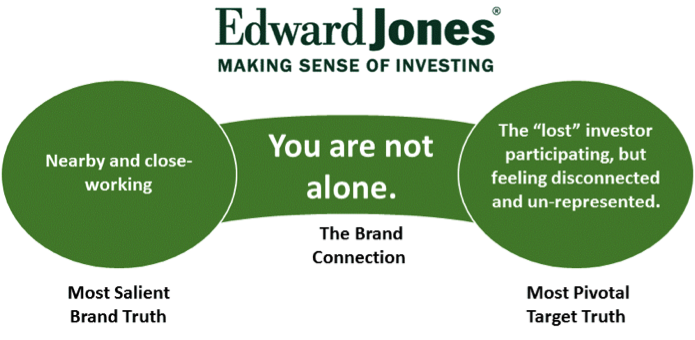
The Interaction Process
A compelling agency philosophy mixed with terrific people and an insight-driven process can produce great work. Getting from good ideas to a great client relationship or from good raw thinking to work approved and in market, however, is not an afterthought. Rather, the most successful agencies also have client interaction processes that invite the client into the process and engage the client in the outcome—turning presentations into iterative dialogues and new business or approved work. Years ago, Kaplan Thaler Group truly cracked the code on great interaction processes. Kaplan Thaler Group folks often showcased their book “The Power of Nice” in their presentations.
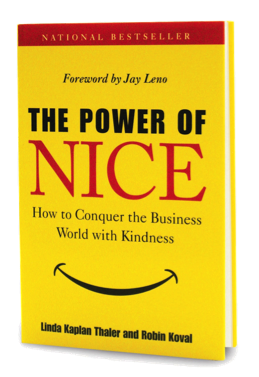
This book differentiates the Kaplan Thaler Group experience from other agencies. In their words:
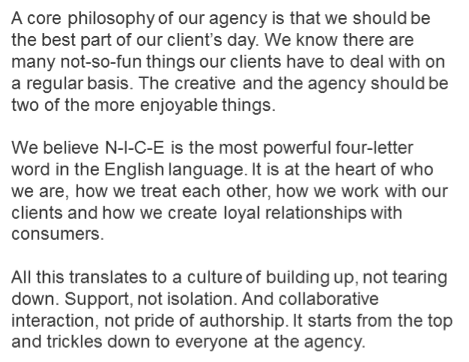
It’s Time to Differentiate Your Agency
Agencies are often the shoemaker’s children: The agency is focused every day on outfitting clients with the finest footwear while the agency itself goes barefoot. What makes your agency special? How can you express that specialness? If your agency is not uniquely positioned, your number one new business development priority is to develop that positioning.






